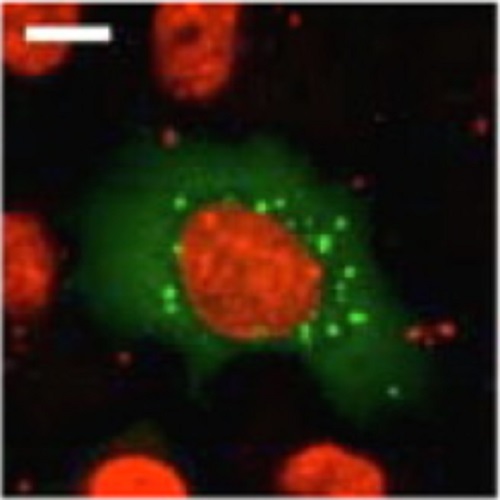Novel functions of prototype foamy virus Gag glycine- arginine-rich boxes in reverse transcription and particle morphogenesis.
Prototype foamy virus (PFV) Gag lacks the characteristic orthoretroviral Cys-His motifs that are essential for various steps of the orthoretroviral replication cycle, such as RNA packaging, reverse transcription, infectivity, integration, and viral assembly. Instead, it contains three glycine-arginine-rich boxes (GR boxes) in its C terminus that putatively represent a functional equivalent. We used a four-plasmid replication-deficient PFV vector system, with uncoupled RNA genome packaging and structural protein translation, to analyze the effects of deletion and various substitution mutations within each GR box on particle release, particle-associated protein composition, RNA packaging, DNA content, infectivity, particle morphology, and intracellular localization. The degree of viral particle release by all mutants was similar to that of the wild type. Only minimal effects on Pol encapsidation, exogenous reverse transcriptase (RT) activity, and genomic viral RNA packaging were observed. In contrast, particle-associated DNA content and infectivity were drastically reduced for all deletion mutants and were undetectable for all alanine substitution mutants. Furthermore, GR box I mutants had significant changes in particle morphology, and GR box II mutants lacked the typical nuclear localization pattern of PFV Gag. Finally, it could be shown that GR boxes I and III, but not GR box II, can functionally complement each other. It therefore appears that, similar to the orthoretroviral Cys-His motifs, the PFV Gag GR boxes are important for RNA encapsidation, genome reverse transcription, and virion infectivity as well as for particle morphogenesis.

- J. Virol. 2011 Feb 24;85(4):1452-63
- 2011
- Medical Biology
- 21106749
- PubMed
Enabled by:
